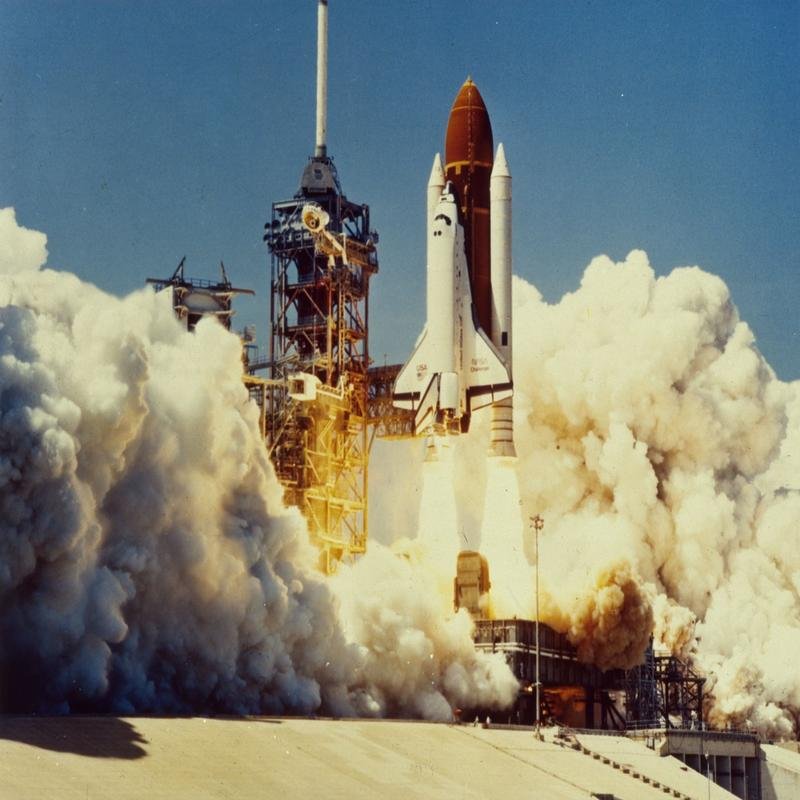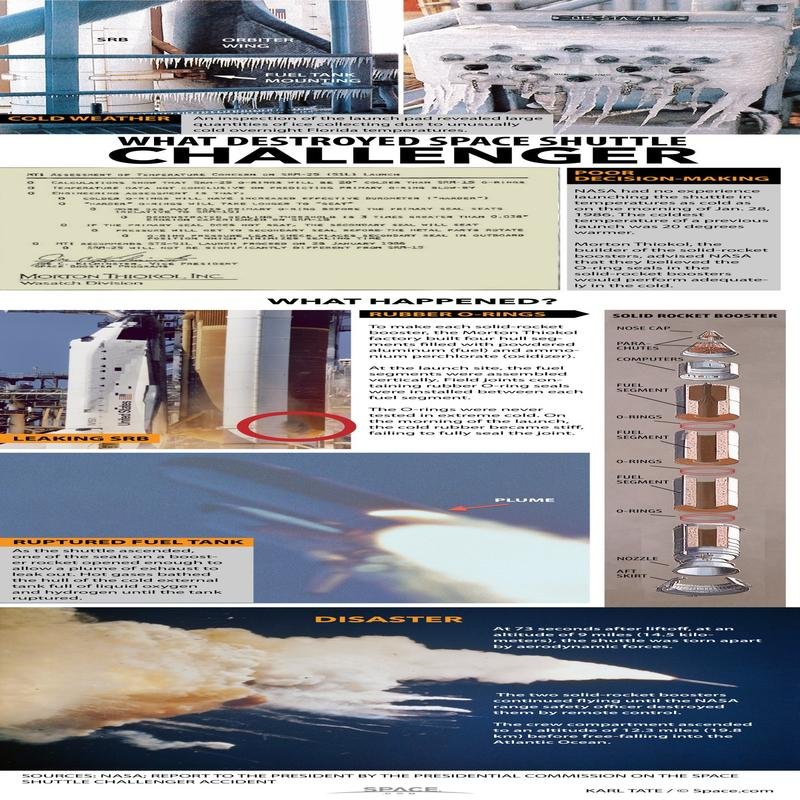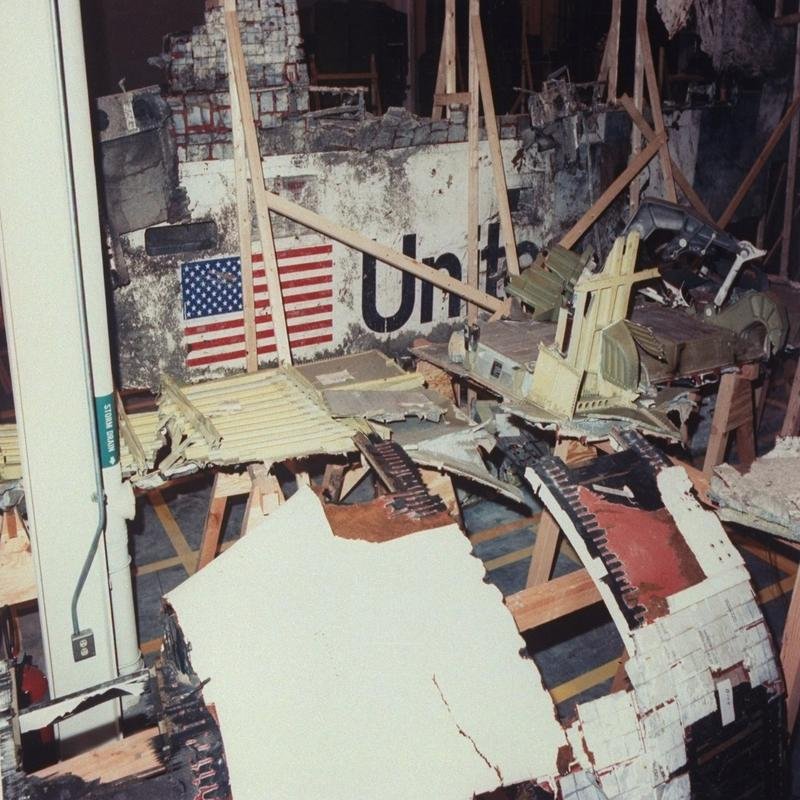The Challenger Disaster: Unveiling the Underlying Causes of the Catastrophe

Challenger Disaster: O-Ring Failure & Causes
The Space Shuttle Challenger disaster of January 28, 1986, profoundly impacted the U.S. space program. Seventy-three seconds after liftoff, the vehicle disintegrated, resulting in the loss of all seven crew members. This catastrophic event prompted a thorough investigation to uncover the underlying causes.
O-Ring Failure and Freezing Temperatures
Investigations determined that the failure of O-ring seals in the solid rocket boosters was the primary cause. Compromised by pre-launch freezing temperatures, these seals failed to prevent the escape of hot gases, leading to the structural failure of the booster and ultimately the destruction of the shuttle.
Consequences and Aftermath
The Challenger accident led to a comprehensive review of NASA’s safety procedures and a temporary halt to the Space Shuttle program. The disaster highlighted the critical importance of rigorous safety protocols and risk assessment in high-stakes endeavors like space exploration.


Conclusion
The Challenger disaster remains a stark reminder of the inherent risks in space exploration and the critical need for meticulous attention to detail and safety. The lessons learned from this tragedy continue to shape space exploration practices today.





